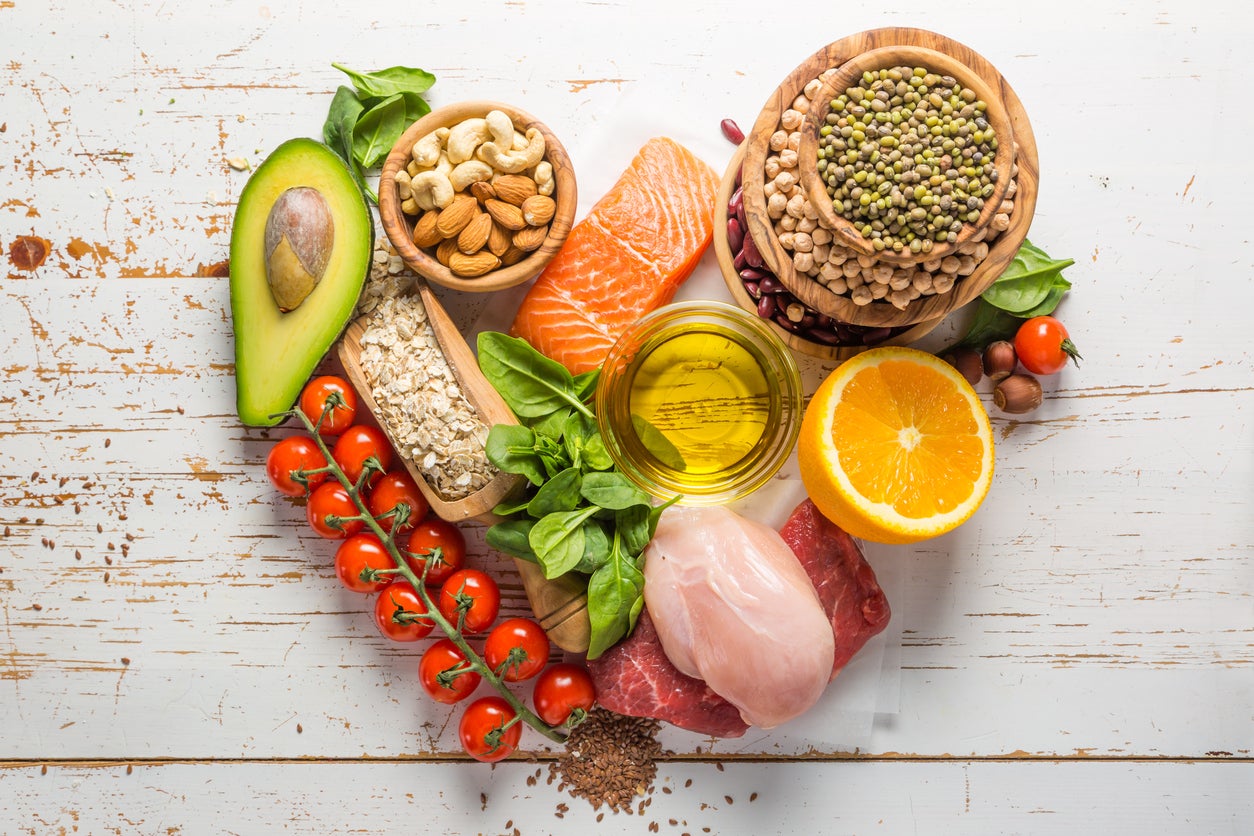Men and women should follow different diet rules, experts reveal
“As we are finding out more I think it will help us to draw up dietary recommendations tailored to the needs of men and women,’ says dietician Helen Bond

On the point of optimal nutrition, differences between the sexes are explained by the range of varying metabolic rates, reproductive functions and body structures.
Despite the fact that men and women have 95.5 per cent identical DNA according to Harvard Medical School, on average men need a higher calorific intake with the NHS recommending 2,500 calories a day for men and 2,000 for women.
“As we are finding out more I think it will help us to draw up dietary recommendations tailored to the needs of men and women," Helen Bond, a dietician and spokesman for the British Dietetic Association told The Daily Mail.
So what are some of the helpful pointers to make sure you’re getting the right nutrients you need?
Firstly, high levels of refined grains such as pasta ought to be avoided by women. Harvard Medical School recommend that carbohydrates should make up 45-65 per cent of the calorie intake for both men and women. However, a 12 year study by Harvard School of Public Health suggested a link between low moods and women’s diets with high levels of refined grains such as white pasta.
The study found that women whose diets were high in refined grains were approximately a third more likely to suffer from depression. Nitu Bajekal, a consultant gynaecologist at the Royal Free London NHS Foundation Trust told The Daily Mail the suggested link could be explained by blood sugar’s effect on levels of oestrogen that can also impact mood.
“This area is not fully understood, but it’s sensible to eat vegetables with your pasta, because the fibre dampens the glucose response”, she added.
By contrast, women’s lower calcium levels would be benefit from enjoying more cheese. Women need more calcium in order to avoid osteoporosis in the bones due to the fact that they have a lower bone density than men on average and lose bone mass more rapidly. The menopause means a loss of oestrogen which also aids strong and healthy bones.
Women and men should have 700 mg of calcium per day in their diets, according to the NHS. Oregon State University’s Linus Pauling Institute advises post-menopausal women to increase their daily calcium intake to 1,200 mg to counter the lack of oestrogen. Before the menopause, women also need to top up on iron levels because this is lost with each menstrual period according to Harvard Medical School.
Men on the other hand, will be glad to hear they could benefit from eating more chocolate.
A study by Aberdeen University in 2012 found that while dark chocolate betters blood quality for both sexes, for men the effect is even stronger. After eating chocolate with a minimum of 70 per cent cocoa, the functioning of platelets was improved. These cells clot blood and their improved functioning is linked to reducing the risks of strokes.
Men can also benefit from enjoying more zinc-rich shellfish such as mussels. The NHS recommends 9.5 mg of zinc per day for men and 7 mg for women as the mineral contributes to the healthy production of sperm, while also aiding immune systems and cell function.
‘Zinc is easy to get from protein-rich foods such as seeds, nuts, shellfish and oysters,’ Ms Bond added.
Alcohol consumption is another point of difference with higher recommended amounts for men. Harvard Medical School suggest that for both genders, lower levels appear to reduce the risk of heart attacks. But, even low amounts also raise the risk of breast cancer, meaning that women could benefit from consuming half as much as the daily one to two drinks recommended for men.
According to Harvard Medical School, the dietary advice based on differences between genders is also largely based on average body size. While the average male muscle mass stands at 30 to 40 per cent more than for women, it is useful to remember that this is not universally the case, meaning the recommendations do not fit all.
A balanced diet, rich in vital minerals and vitamins is key for both men and women but advice on the fine points of nutritional difference is worth adhering to if you’re keen to keep a healthy and active lifestyle.
Join our commenting forum
Join thought-provoking conversations, follow other Independent readers and see their replies
Comments